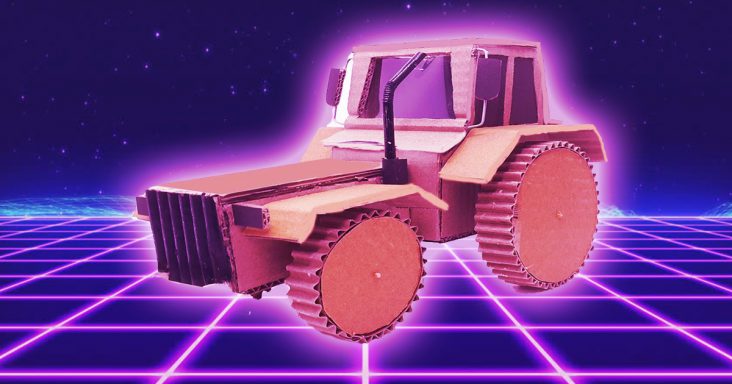

NGSS.3-5-ETS1, NGSS.MS-ETS1
Cardboard, glue, tape, colored markers/pens, rubber bands, straws, scissors
Just like many of us, farmers have looked to technology to make their jobs easier. In the 18th century, farmers used horses and oxen to pull wooden plows. In 1837, John Deere started producing steel plows, and in 1868, steam tractors were invented that no longer needed horses or oxen. Then, John Froelich invented the first successful gas-powered tractor in 1892. Today, tractors are used when planting, fertilizing, harvesting, and moving items around the farm. Over 120 years later, tractors are still helping farmers and ranchers perform many agricultural tasks.
Share the background information with the students, then share the puzzle to be solved. Determine constraints (e.g., time alotted, space, materials provided, etc.) and divide students into small groups.
Ask a series of questions to help students brainstorm solutions to the puzzle. Encourage students to list all ideas – don’t hold back! Before moving on, make sure each group selects a solution that fits within the contraints.
Students diagram the prototype, identify the materials needed to build the prototype, and write out the steps to take. Students describe the expected outcomes.
Students follow their design plan and build their prototypes. Monitor their progress and remind them about how much time they have.
Students evaluate their creation and compare it with the expected outcomes. Students seek areas of improvement and make changes where needed.
Students share their solution to the puzzle and communicate lessons learned.
Take a tour to a local farm supply store to see a real-life tractor.